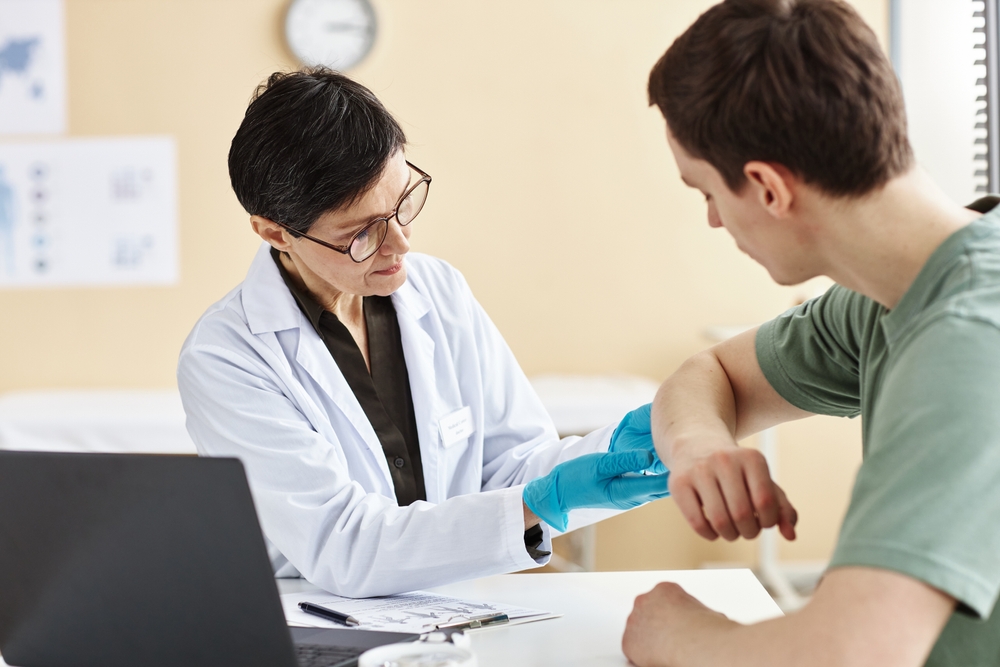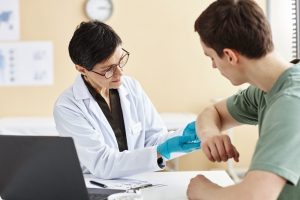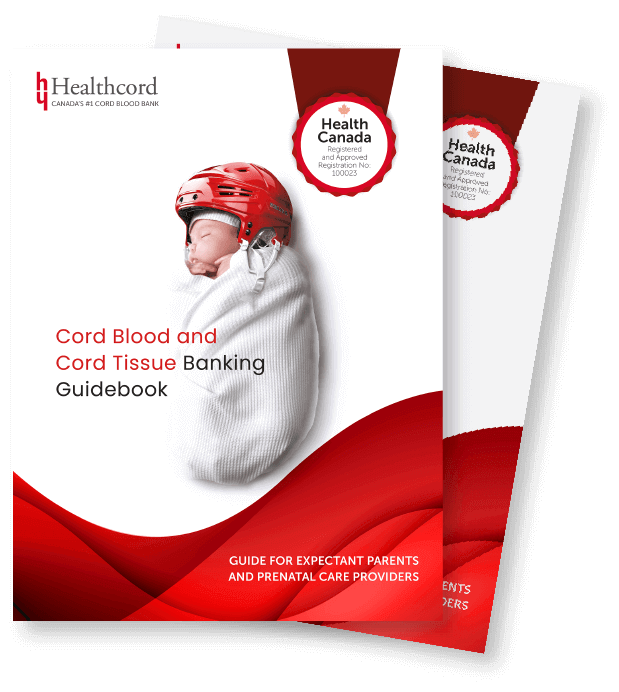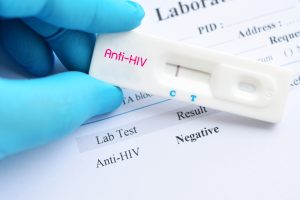
Stem cells regenerate lung tissue after viral damage
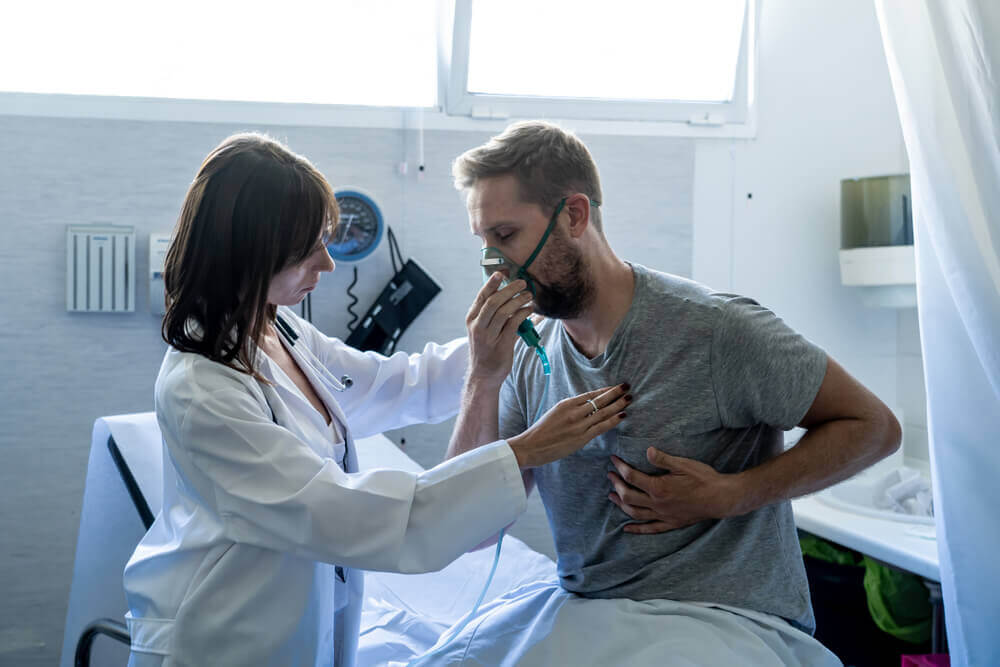
The H1N1 influenza virus was responsible for the Spanish influenza pandemic of 1918 and the “swine flu” pandemic of 2009. Influenza can induce acute respiratory distress syndrome (ARDS), which can quickly cause pneumonia, damage to the alveoli (the sites of gas exchange in the lungs), low oxygen levels in the blood, and massive inflammation.
While influenza infection and ARDS can be fatal, lung tissue in patients who survive can be regenerated. Two studies published in the scientific journal Nature showed that stem cells can mediate regeneration of lung tissue following damage from influenza infection. Such stem cells may have potential applications in stem-cell-based therapies.
Influenza and ARDS can cause widespread damage to lung cells. The two research groups showed that stem cells can proliferate and migrate to sites of lung damage, where they differentiate into different cell types and repair damaged tissue.
The first study, conducted by Dr. Frank McKeon and colleagues, identified cells which proliferated in the lungs of mice after influenza infection, and started forming new alveoli at sites of damage. The cells can be grown in a laboratory setting and subsequently transplanted into influenza-infected lungs, where they become cells that form new bronchioles (air passages) and alveoli.
A parallel study, conducted by Dr. Harold Chapman and colleagues, identified stem cells that mediated lung repair following influenza or chemically induced injury. These cells migrated to injured areas that had been depleted of normal cells, and started to repair the damage. The cells could also be transplanted into other mice injured by influenza, where they changed into mature lung cells.
These studies show that stem cells have the potential to be used in therapies aimed at regenerating lung tissue that has been damaged by acute or chronic diseases. Future work will investigate the interactions of stem cells with other cells to mediate repair, and will also further characterize the conditions for growth and successful transplantation of the cells.
Reference:
Rawlings, EL. (2015) Stem cells: Emergency back-up for lung repair. Nature 517, 556–557. doi:10.1038/517556a
Related Posts
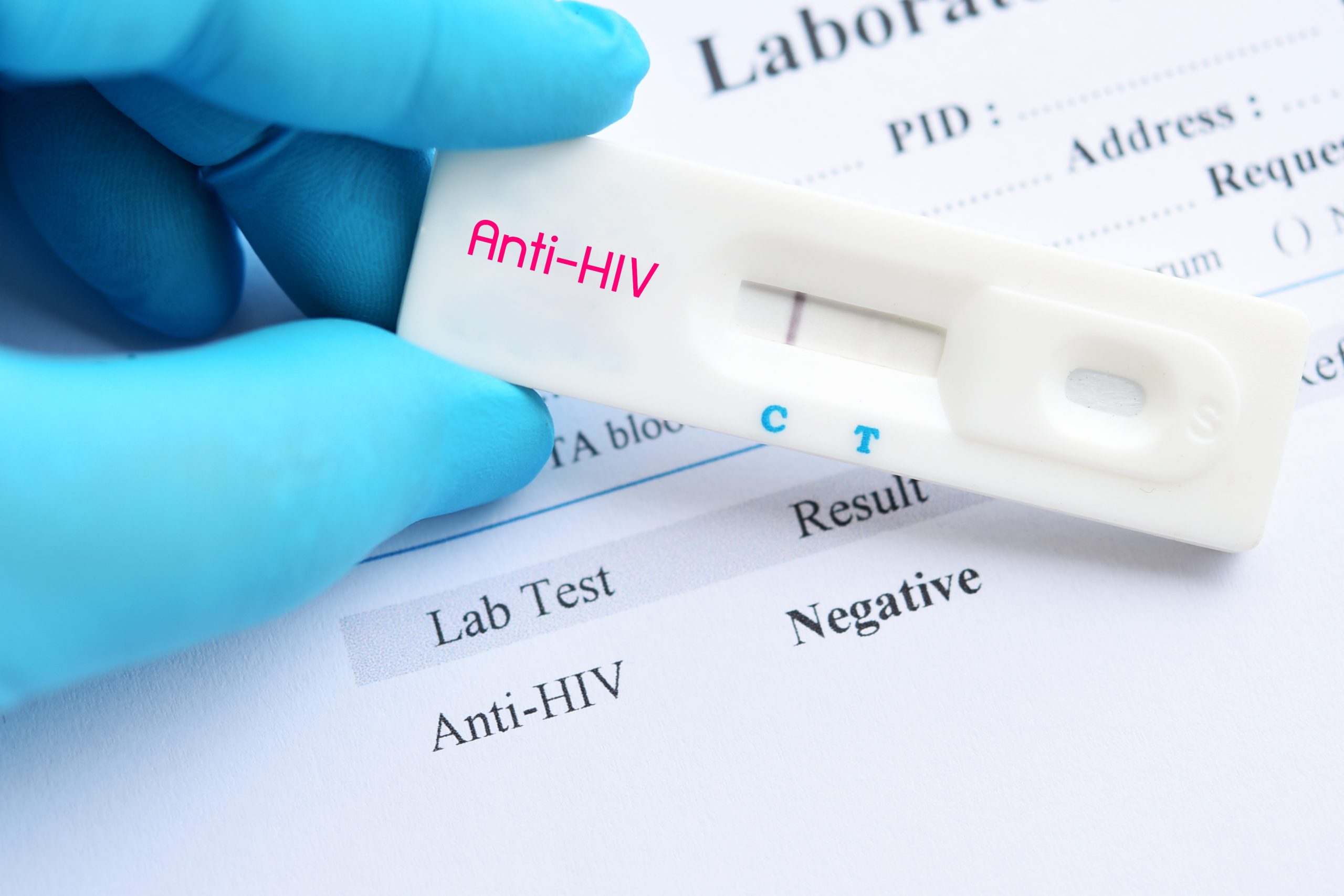
Novel Cord Blood Stem Cell Treatment Leads to HIV Remission


Stem Cell Transplantation Shows Potential in Stroke Recovery
